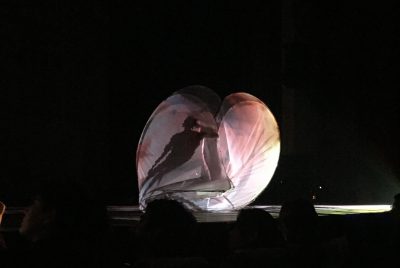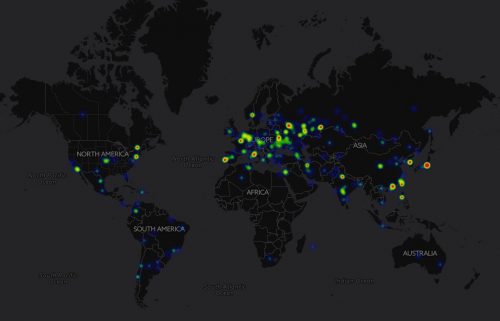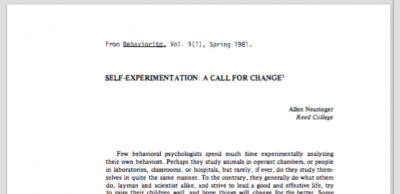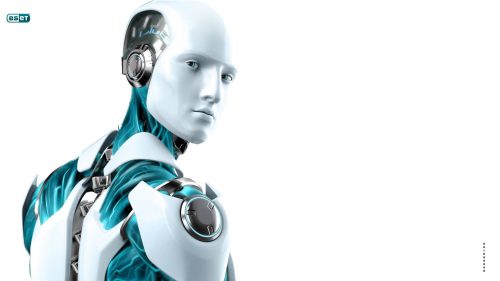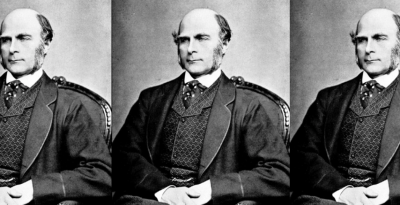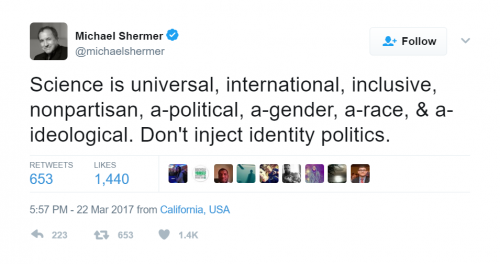METATOPIA 4.0 – Algoricene (2017) by Jaime Del Val
The 23rd International Symposium on Electronic Art was held in collaboration with the 16th Festival Internacional De La Imagen in Manizales, Colombia in mid-June 2017. The opening ceremony for the conference kicked off with a performance by the artist Jaime Del Val, entitled METATOPIA 4.0 – Algoricene (2017), described by the artist as “a nomadic, interactive and performative environment for outdoors and indoors spaces.” The artist statement goes on (and on) to explain that the piece “merges dynamic physical and digital architectures” in an effort to “def[y] prediction and control in the Big Data Era.” In actuality, Del Val stripped down to his naked body, put himself in a clear mesh tent, projected abstract shapes onto the tent, and danced to what might best be called abstract electronica (think dubstep’s “wubwubwub” without the pop).
What piece of what Del Val presented qualifies as “electronic art”? Was it the music? The projector? The use of the term “Big Data Era”, capitalized (in lieu, perhaps, of scare-quotes) in his entirely glib artist statement? I was similarly confused by Alejandro Brianza’s artist talk, “Underground Soundscapes”, in which he showed a few photos of subway systems around the world, accompanied by sound recordings from each visit. About Brianza’s work and Del Val’s, I wondered: why is this electronic art? In fact, throughout the duration of my visit to the ISEA conference and festival, I found myself asking “why” quite often.

